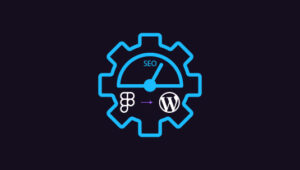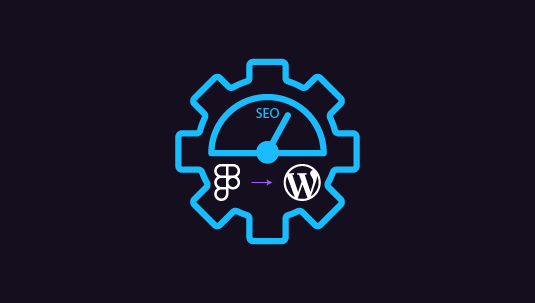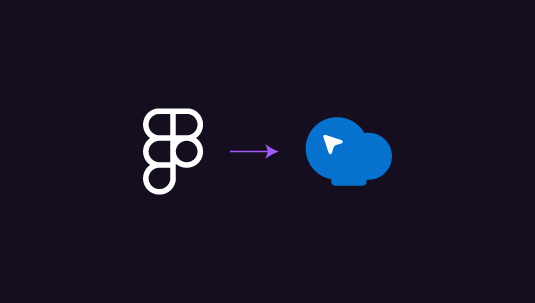So, you’ve got a great business idea, but your website isn’t bringing in customers. That’s when you realize how important it is to turn visitors into buyers with high conversion rates. This is where good design comes in. We are talking about ready-to-transfer Figma Designs to WordPress.
Many designers use Figma to create website layouts. But to make these designs work on real websites, they need to be turned into WordPress themes. This step is key to making sites that not only look good but also work well to increase sales.
When Figma designs are properly moved to WordPress, it keeps the site looking sharp while adding features that help sell. Fast loading times, easy-to-use menus, and clear calls to action all help turn browsers into buyers. By focusing on both looks and function, businesses can create websites that not only catch the eye but also boost their bottom line.
Table of Contents
ToggleUnderstanding the Importance of Conversion Rate Optimization in Web Design
Conversion rate optimization, or CRO, is about improving your website’s conversion rate from visitors to customers. It’s a key part of web design that focuses on getting more people to take action on your site, whether buying something, signing up for a newsletter, or filling out a contact form.

When moving designs from Figma to WordPress, keeping CRO in mind is super important.
Here’s why:
- It helps make sure your site isn’t just pretty, but also effective
- It can lead to more sales or leads without needing more traffic
- It makes your marketing efforts more worthwhile
A design built with CRO can help a business reach its goals. For example, a well-placed call-to-action button or a streamlined checkout process can make a big difference.
These small design choices can:
- Make it easier for visitors to find what they’re looking for
- Reduce friction in the buying process
- Build trust with potential customers
By thinking about CRO when turning Figma designs into WordPress sites, designers can create websites that look good and work hard. This approach helps businesses get more value from their web presence, turning casual browsers into loyal customers.
Looking to Boost Conversion Rates with Figma to WordPress Design Transfers?
Our Figma design team is here to help you navigate the challenges. Get conversion rates spiking with clean and purpose-fitted designs, completed within your preferred timeframe!
Improve Your Conversion Rates When Figma Designs to WordPress with These Practical Tips
Converting your Figma designs to WordPress involves a clean transfer of visuals, but it’s also an opportunity to optimize for higher conversions. By focusing on usability, performance, and strategic design choices, you can ensure that your website engages visitors and encourages them to take action.
These practical tips will guide you in making the transition smooth while improving your conversion rates:
Optimize for Mobile-First Design During the Figma to WordPress Conversion
More people use phones to browse the web than ever before, which means your website needs to work great on small screens. When moving your design from Figma to WordPress, it’s key to make sure it looks good and works well on mobile devices.

Here are some pointers to keep in mind:
- Start with the mobile design in Figma before working on desktop versions
- Use flexible layouts that adjust to different screen sizes
- Keep menus simple and easy to tap on small screens
- Test your design on various devices as you build it in WordPress
Keep Reading: Figma vs Axure: Which Design Tool Will Give You an Edge?
Ensure Fast Loading Speeds to Improve Conversion Rates
A slow website can drive visitors away before they even see what you offer. Fast-loading pages keep people interested and more likely to stick around. When turning your Figma design into a WordPress site, focus on speed from the start.
Try these steps to keep your site quick:
- Compress images without losing quality
- Use clean, efficient code in your WordPress theme
- Set up caching to serve pages faster
- Test your site’s speed often and fix any slow parts
Preserve UI/UX Elements from Figma to WordPress
The way your site looks and feels matters a lot. When moving from Figma to WordPress, it’s important to keep the design elements that make your site easy and enjoyable to use. This helps visitors find what they need and take action.
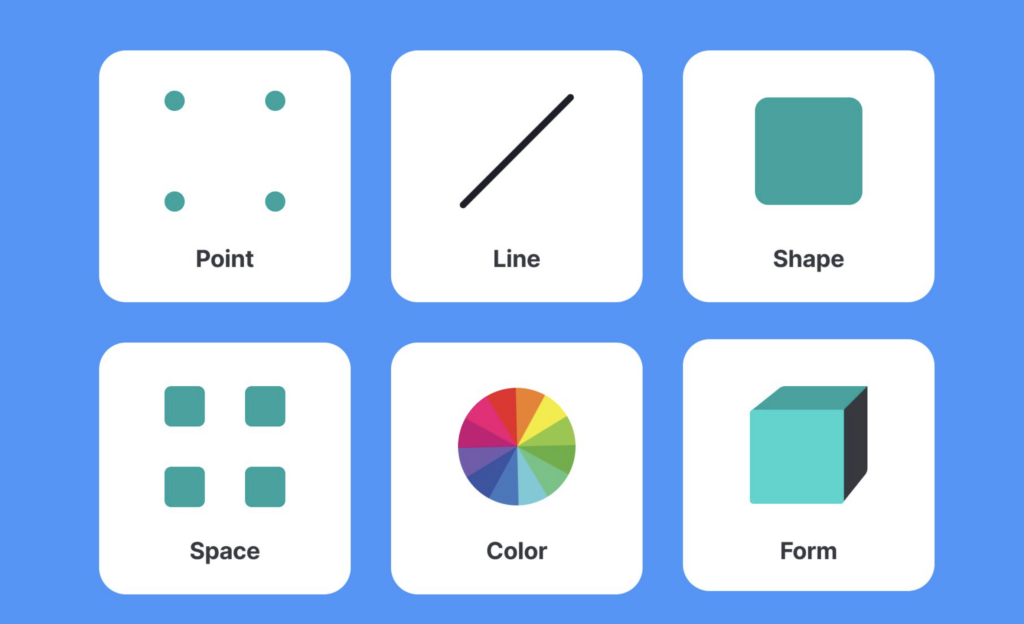
Keep these points in mind:
- Make sure buttons and links look clickable
- Keep important info where people expect to find it
- Use consistent colors and fonts throughout the site
- Check that forms are easy to fill out on all devices
Read More: White-Label Figma to WordPress Conversion for Agencies
Utilize SEO Best Practices for Better Conversions
Good SEO helps more people find your site and convert those visitors into customers. When building your WordPress site from a Figma design, include SEO features that boost your visibility and make your content more useful.
Here’s what to focus on:
- Use clear, descriptive titles for pages and posts
- Add alt text to images to help search engines understand them
- Create a simple, logical site structure
- Make sure your site loads fast (search engines like speed too)
Also Read: Figma vs Sketch: Which Design Tool is Right for You?
Use WordPress Plugins to Boost Conversion Rates
WordPress plugins can add powerful features to your site that help convert visitors into customers. When moving from Figma to WordPress, consider which plugins could enhance your design and make it work harder for your business.

Consider adding plugins for:
- A/B testing different page versions
- Creating eye-catching signup forms
- Tracking how visitors use your site
- Adding social proof like reviews or testimonials
Learn More: Figma vs Affinity Designer: Which Tool to Choose?
Simplify the Navigation and User Flow for Higher Conversions
A confusing website can frustrate visitors and make them leave. When bringing your Figma design to life in WordPress, focus on creating clear paths for users to follow. This helps them find what they want and take action more easily.
Try these ways:
- Keep your menu simple with clear labels
- Use breadcrumbs to show where users are on your site
- Make sure every page has a clear purpose and the next step
- Test your site’s flow with real users and get feedback
Also Check: How to Create Figma to Elementor WordPress Template?
Test and Refine the WordPress Website Post-Launch
Launching your site is just the beginning. To keep improving its conversion rate, you need to monitor user behavior and make changes based on what you learn. This ongoing process helps your site improve over time.
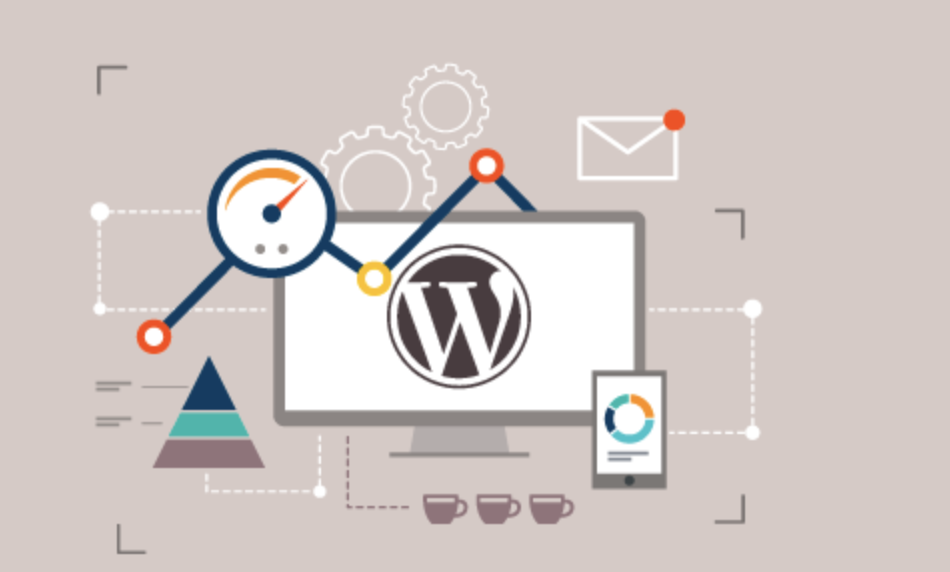
Here’s how to keep improving:
- Use tools to see which pages people visit most
- Try different versions of important pages to see what works best
- Ask visitors for feedback and listen to what they say
- Keep an eye on your conversion rates and work to improve them
Conclusion: Empowering Your Digital Presence Through Thoughtful Design Conversion
The journey from Figma design to a high-converting WordPress site is more than just a technical process—it’s an opportunity to breathe life into your digital strategy. By focusing on user-centric design principles and leveraging WordPress’s flexibility, you’re not just building a website; you’re crafting an experience that resonates with your audience.
Remember, the most successful websites are those that evolve. Stay curious, keep learning from your users, and don’t be afraid to experiment with new ideas. Your website is your digital storefront—make it a place where visitors want to stay, explore, and ultimately, become part of your success story.


